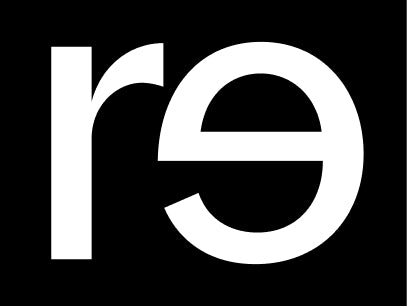
How Graphic Designer Lili Phillips Reimagines and Redefines
In fact, re—inc’s Gamer Collection was one of the first projects Eddie assigned me to. And since then, I have continued to work on a plethora of projects, both freelance and at Pentagram, that place an emphasis on community, challenge traditional structures, and drive cultural conversation.
I suppose I am inspired by a multitude of things: scrolling through my Instagram feed, deleting Instagram, sunny mornings, bookbinding, reading, London book stores, people-watching, and being in the company of those I love.
"Great art is a form of dialogue. My job as a designer allows me to contribute to difficult conversations, and articulate the things I can’t find the words for. That’s an immense privilege."
A: I remember (very vividly) as a child being utterly mesmerized by a series of British books titled Felicity Wishes. I would sit for hours, copying each illustration on loose leaves of paper, which I would later force into my mother's hands—hoping to see them framed. Making things for others became an act of love.
And I guess not much has changed. Graphic Design is an altruistic activity that I still begin on paper. I just draw in a different language now; quick thumbnails or loose writings.
Then, with your tools in hand, make art from your inner self. Marry your instincts with your own visual vocabulary.
And finally, one of my favourite lessons from the manifesto 10 Rules for Students, Teachers, and Life: “The only rule is work”. We must continue to practice the skills we wish to be good at.
I read (and fell in love with) a book by Ted Owen titled High Art: A History of the Psychedelic Poster, and then ultimately started drawing. My artistic influences came from a few of the featured artists: Bonnie MacLean, Wes Wilson, Victor Moscoso, and Michael English.
Take, for example, my "Bloom" sketch. I was referencing the fluorescent flowers in Artist Rights Today (a collaborative poster by Wes Wilson, Stanley Mouse, Alton Kelley, Rick Griffin and Victor Moscoso). It was designed in 1986-1987 to reclaim legal rights to their work in the 1960s.
And so, my drawings were formed from the words I had read and the graphic forms I had studied—fused with external impulse.
When questioned on digital design, artist Bonnie MacLean once said: "I think handwork needs to be kept alive. It’s something people are inclined to do naturally, it’s something we have a human built in desire to do. It always has been, it still is."
This brings me great comfort.












